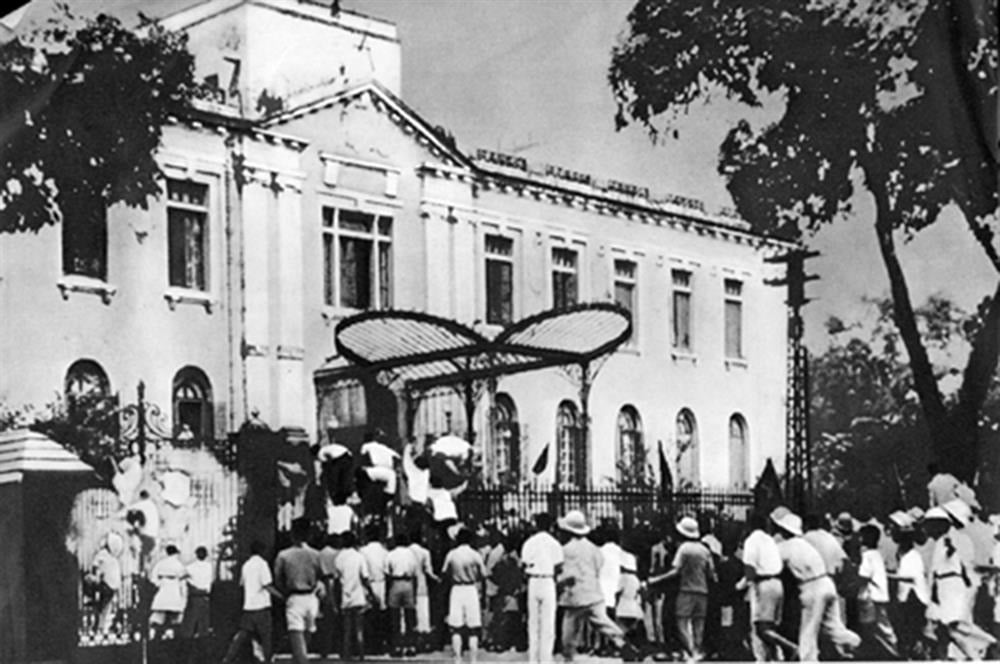Vietnam’s modern history was forever changed in August 1945, when a swift, nationwide uprising brought an end to colonial and feudal rule. Known as the August Revolution, Cách Mạng Tháng 8, this event laid the foundation for the country’s independence and the birth of the Democratic Republic of Vietnam.
Background: A Nation Under Colonial Rule
For decades, Vietnam was colonized by the French regime. During World War II, Japan took control of Vietnam but allowed the French administration to remain in place. This dual occupation caused great hardship for the Vietnamese people, especially during the famine of 1944-1945 that claimed the lives of over two million people.
At the same time, the Vietnamese independence movement led by the Communist Party of Indochina had been steadily gaining strength. By 1941, the Viet Minh (League for the Independence of Vietnam) had been established under the leadership of Ho Chi Minh, and it became the primary force of resistance against both Japanese and French rule.
The Turning Point: Japan’s Surrender
In early August 1945, World War II came to an end following Japan’s defeat. This sudden shift in global politics left a power vacuum in Vietnam. On August 13, the Central Committee of the Communist Party and the National Uprising Committee held an urgent meeting and decided to launch a general insurrection to seize power.
Just two days later, on August 15, Japan officially surrendered to the Allies. This moment created a rare opportunity: there was no longer a ruling power in place, and the Vietnamese people, led by the Viet Minh, acted quickly.
The Course Of The Revolution

The revolution began in earnest between August 14 and 18, as uprisings took place across many provinces. These initial movements were strongest in rural areas where the revolutionary base had long been established.
On August 19, the Viet Minh and the people of Hanoi organized a massive demonstration and successfully seized control from the existing government. This marked a crucial victory and is remembered as the official start of the August Revolution.

The movement then swept across the country with remarkable speed. By August 23, the revolution had triumphed in Hue, the imperial capital. On August 25, Sai Gon (now Ho Chi Minh City) also came under revolutionary control.
One of the most symbolic moments came on August 30, when Emperor Bao Dai, the last monarch of the Nguyen Dynasty, formally abdicated the throne and handed over power to the revolutionary government. This act marked the end of Vietnam’s long-standing monarchy.
Finally, on September 2, 1945, at Ba Dinh Square in Hanoi, Ho Chi Minhn declared the independence of Vietnam, officially establishing the Democratic Republic of Vietnam.
The Outcome And Significance
The August Revolution was an unprecedented success in Vietnam’s history. Within a span of just two weeks, the Vietnamese people overthrew colonial, feudal, and imperial powers without foreign military assistance. The new government quickly gained control over the entire country.
This revolution not only gave birth to an independent Vietnam but also inspired other national liberation movements around the world. It demonstrated the power of unity, strategic leadership, and popular support in achieving national self-determination.
